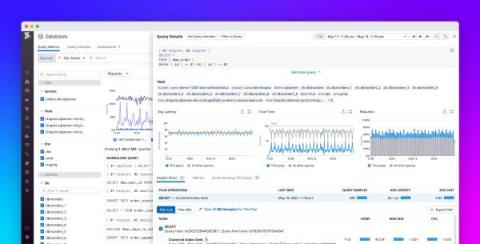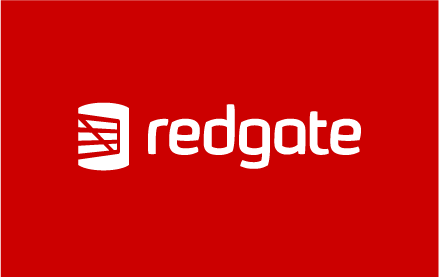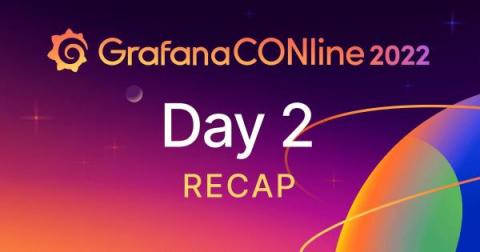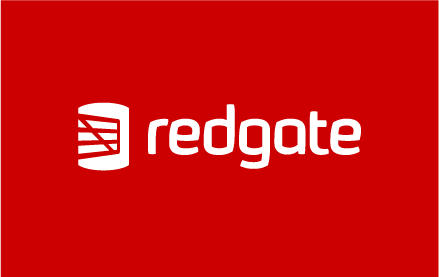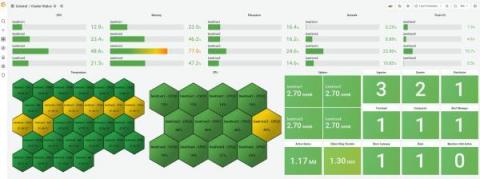Operations | Monitoring | ITSM | DevOps | Cloud
Databases
The latest News and Information on Databases and related technologies.
Monitor SQL Server and Azure managed databases with Datadog DBM
Datadog Database Monitoring (DBM) provides comprehensive visibility into SQL queries running on your databases. Using DBM, you can troubleshoot database performance issues by drilling into frequently used queries and analyzing historical trends in your queries’ metrics and execution plans. Whether you operate self-hosted SQL Server instances or leverage Azure’s fully managed services, DBM can provide deep visibility into the databases your application depends on.
Redgate launches free online library of PASS Data Community Summit 2021 sessions
GrafanaCONline 2022 Day 2 recap: Grafana 9, Grafana Mimir, Grafana Tempo demos, new hackathon projects, and more
The excitement around GrafanaCONline 2022 continues to soar after another day filled with demos of new features and functionalities in Grafana 9, Grafana Mimir, and Grafana Tempo. Plus we learned how a mini arcade turned into a Grafana display; how Grafana transformed into a health tracker, and how, yes, Grafana can run Doom.
Monitoring: The ROI of Build vs. Buy
Is your database on Kubernetes production-ready?
Last May, KubeCon gathered multiple tech enthusiasts, students, professionals, and companies. The event highlighted various topics and insights on how to collaborate on pushing the boundaries of cloud-native computin One of our Engineering Directors, Mykola Marzhan, shared his knowledge about databases on Kubernetes at KubeCon, during a session organised by the DoK.Community. We’ve picked out some of the key highlights from the talk below.
SQL vs NoSQL: Choosing your database
IT leaders, engineers, and developers must consider multiple factors when using a database. There are scores of open source and proprietary databases available, and each offers distinct value to organisations. They can be divided into two primary categories: SQL (relational database) and NoSQL (non-relational database). This article will explore the difference between SQL and NoSQL and which option is best for your use case.
What is NoSQL and what are database operators?
In the previous blog, SQL vs NoSQL Database, we discussed the difference between two major database categories. In a nutshell, the main difference between NoSQL and SQL is that NoSQL adopts a ‘right tool for the job’ approach, whilst SQL adopts a ‘one tool for all the jobs’.
How I installed Grafana Mimir on my homelab cluster
When I started at Grafana in January, I was accustomed to working with private clouds and on-prem infrastructure, so nearly everything in my role here as a senior software engineer for the Grafana Mimir customer squad was new to me. I was new to Golang, Docker, Kubernetes, gRPC, public cloud services, etc. Kubernetes has been especially challenging. In my work on Grafana Mimir and Grafana Enterprise Metrics, I experience k8s in one of two extremes.
4 Database Access-Control Methods to Automate
Regardless of which role a person has in an organization, they will always need access to one or more databases to be able to perform the functions of their job. Whether that person is a cashier at McDonald's or a technical account manager supporting a Fortune 500 company, data entry and retrieval is core to the services they provide.



